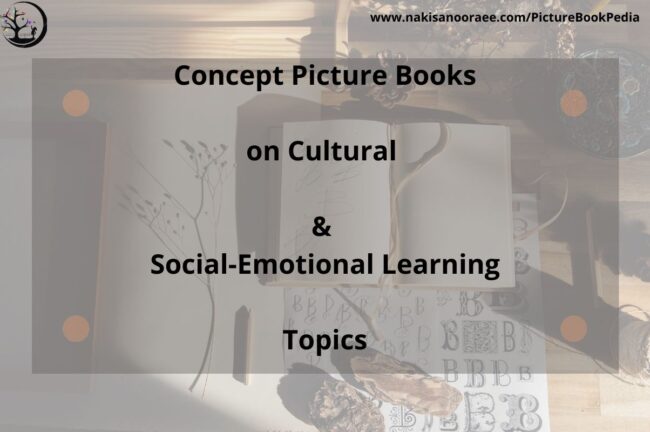A concept book, as the name indicates, introduces a basic idea or a concept to the readers. The Alphabet, shapes, colors, telling time and counting are the classical subjects of the concept books for pre-kindergarten children. However, that is not all. Concept books are a way to introduce children to complicated topics.
Some authors tend to categorize concept books as non-fiction because concept books are not stories. It is correct that they may have a fictionalized character who speaks about the concept but it doesn’t suffice to call this character a Narrator—in terms of storytelling. It is the Narrative Structure that makes a story. Concept books don’t have a Narrative Structure. There is no Inciting Event to start the story and a Middle in which the Protagonist grows out of her disbelief or learns something new. Also, there is no climax.
In concept books, a person speaks about an experience, a feeling, a conclusion. Let’s look at some examples of traditionally published picture books which are concept books. This will shed light on our discussion.
Concept books on Social-Emotional Learning
In Eyes That Kiss in the Corners (2021) by Joanna Ho and Dung Ho, an Asian girl notices her eyes don’t look like others. Having a different appearance, soon or late, matters to children and this book appreciates this difference. As discussed before, this is not a story. If it was a story, there was a Protagonist who would experience some events and through those experiences, in the climax of the story, would learn to like her different eyes.
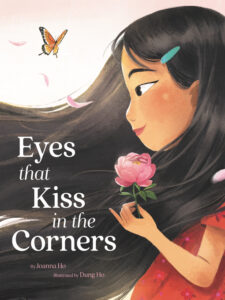
Small in the City (2019) by Sydney Smith talks about the feeling of loneliness and being little in a city.
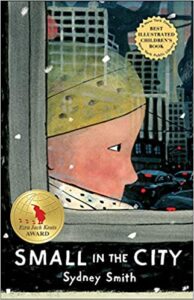
Concept books on cultural themes
Fry Bread: A Native American Family Story (2019) by Kevin Noble Maillard and Juana Martinez-Neal is both history and culture. It shows the reader how frybread became part of the diet of many Native American tribes after they were forced out of their lands.
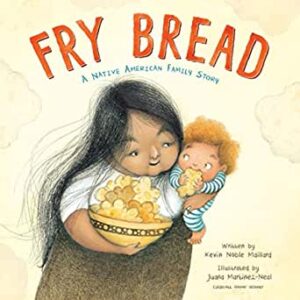
A DUPATTA IS … (2023) by Marzieh Abbas and Anu Chouhan shows that Dupatta is more than a cloth. It is an identity.
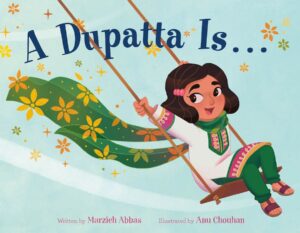
My Daddies! (2021) by Gareth Peter and Garry Parsons is another concept book that helps children to understand the concept of rainbow families. A girl describes her two daddies. It explains that some children have two mothers, some have one mother and one father, and some have two daddies. Gay marriage can be the subject of a story. For example,
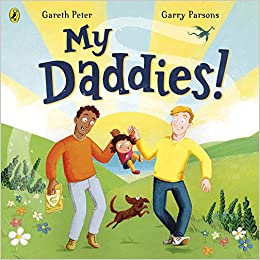
To have a comparison between concept book and story, take a look at Uncle Bobby’s Wedding (2020) by Sarah S. Brannen and Lucia Soto in which a Protagonist (a girl) learns that her beloved uncle is going to marry his boyfriend. She worries that she will lose her uncle and she speaks about her fear with her mother. By the end of the story, she learns her fear is pointless and her uncle Sam loves her.
Concept Books about Nature
Outside In (2020) by Deborah Underwood and Cindy Derby has a unique concept about our connection with the world around us.
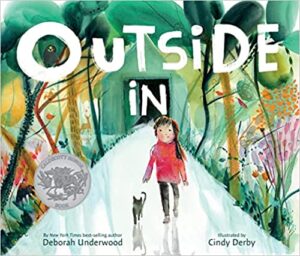
Another example is the well-crafted lyrical picture book What is a river? (2021) by by Monika Vaicenavičiene. Each spread of the book depicts one aspect of rivers.

Hello, Puddle! (2022) by Anita Sanchez and Luisa Uribe brings the reader’s attention to the creatures around the puddle and the beauty of the seasons.

Writing this type of concept book needs care and craft.
Lengthy wordy boring text is one of the pitfalls. In writing a story, we have the Narrative Structure as the guidance to keep the text on the road. For the concept, we don’t have such a thing. You need your mastery in craft and a clear view of the subject to decide how much to describe and when to stop.
In the story, the reader wants to know ‘what happened next’ (if the story is well crafted). The intrigue of the Story Question does let her leave the book unfinished. In the concept books, we don’t have such a tool. The illustration and beauty of the text would keep the reader on the trail. Texts of these concept books are lyrical or rhyme, brimmed with metaphors and similes.
Having said that, one intangible element absorbs the child to the concept book: the wonderful feeling of seeing herself in the subject of the concept book. The book needs to speak to the child about the topics she feels but, for any reason, cannot speak up. This is the mission of this type of concept books.
Notice: Don’t mistake concept books with high-concept books. High-concept books are stories with an overarching ‘What if?’. For example, “what if we could clone dinosaurs?” as in Jurassic Park. Another example for high-concept books is Nineteen Eighty-Four, which its high-concept idea is “What if we lived in a future of totalitarian government?” In high-concept books, we have Narrative Structures and, therefore, they are stories.
There are some high-concept picture books that I will discuss in another blog post.
If you know of similar concept books, please kindly let me know in the comments below.
In PictureBookPedia, I publish biweekly blog posts about the craft of writing picture books. On the Tools page, I write about useful tools for writers. If you would like to receive my newsletter which includes links to my recent blog posts, please subscribe here.
